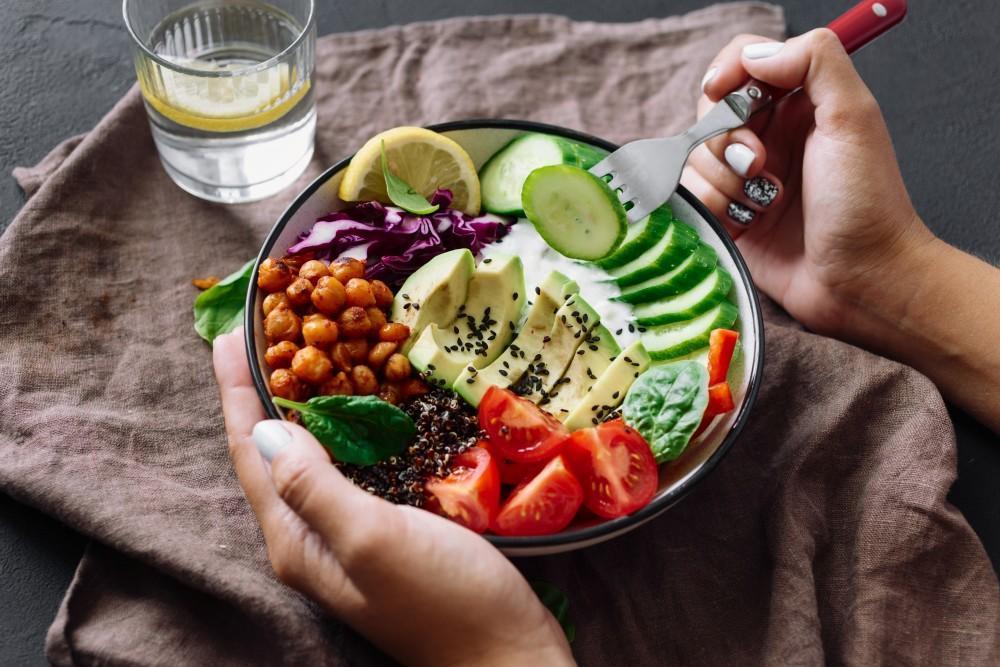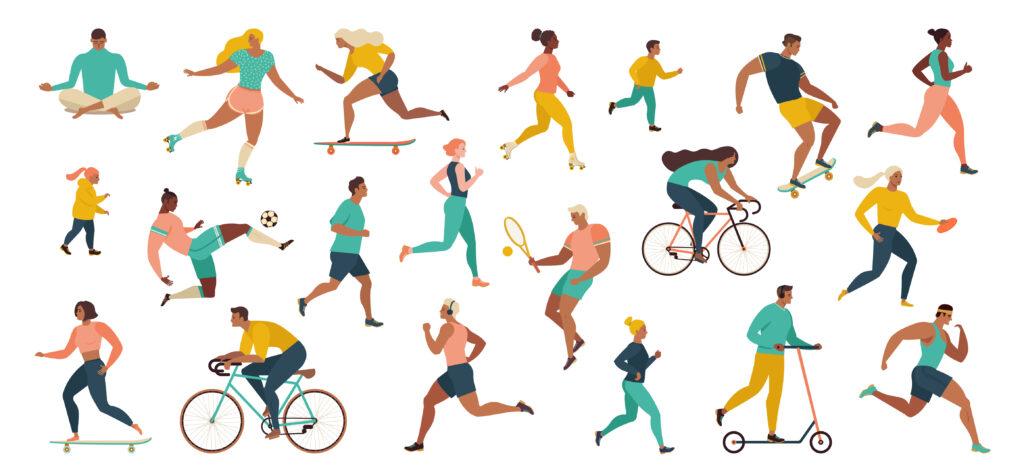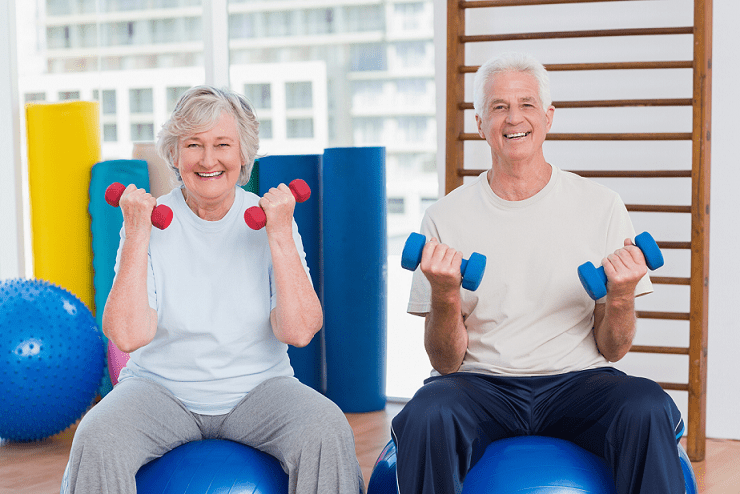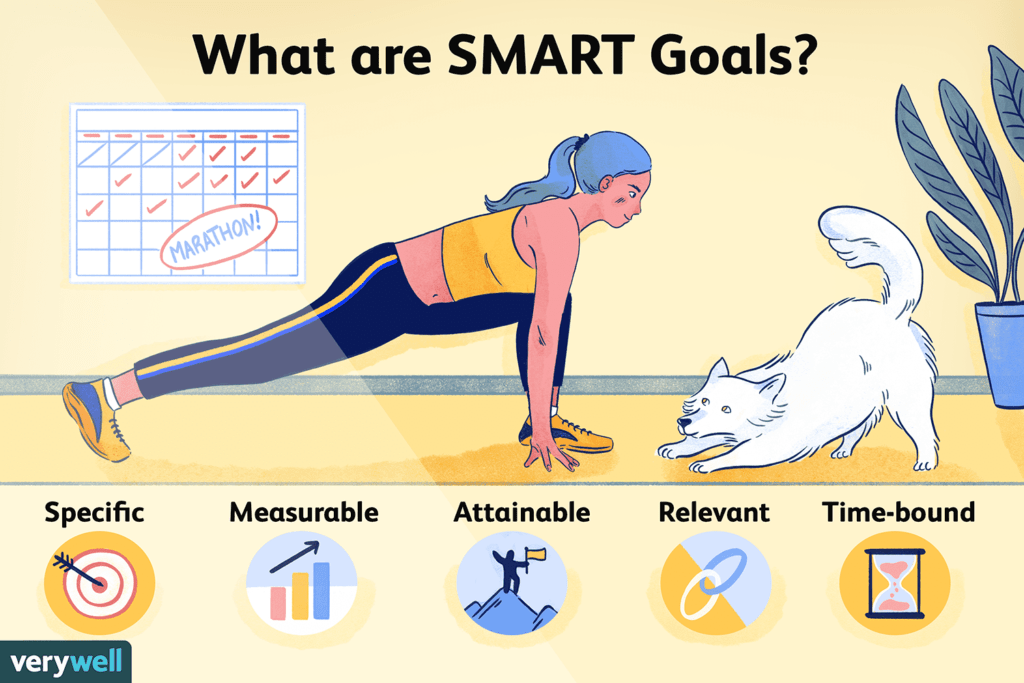Monitoring your progress and staying motivated are critical components of achieving your fitness goals.
Whether you are looking to lose weight, build muscle, or improve your overall health, it’s essential to stay motivated and track your progress along the way. In this article, we’ll explore the importance of monitoring progress and staying motivated, as well as some tips for doing so effectively.
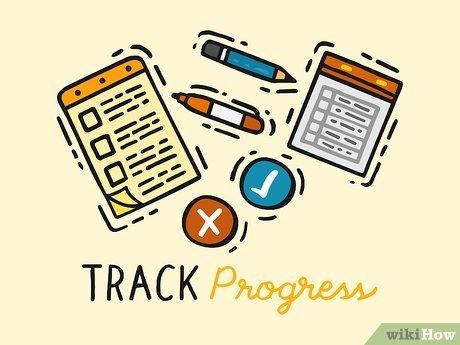
Why Monitoring Progress?
Monitoring your progress is important for several reasons. Firstly, it helps you to see how far you’ve come since you started your fitness journey. It can be easy to get discouraged and feel like you’re not making progress, but by tracking your progress, you can see how much you’ve improved over time.
Secondly, monitoring your progress allows you to identify areas that need improvement. If you’re not seeing the results you want, you can adjust your workout or nutrition plan accordingly.
Finally, tracking your progress can help you stay motivated and accountable. Seeing the progress you’ve made can help keep you motivated to continue working towards your goals.
How to Monitoring Progress
There are several ways to monitor your progress, depending on your fitness goals. Here are a few methods:
- Take Progress Photos – Taking progress photos is a great way to track your physical transformation. Take a picture of yourself from the front, back, and side every few weeks to see how your body is changing.
- Keep a Fitness Journal – Keeping a fitness journal is another way to track your progress. Write down your workouts, the weights you lifted, and how you felt during your workout. You can also use your journal to track your nutrition, including what you eat and when.
- Use a Fitness Tracker – Using a fitness tracker, such as a smartwatch or Fitbit, can help you monitor your progress. Many fitness trackers can track your steps, heart rate, and calories burned, as well as monitor your sleep and provide reminders to stay active.
- Use a Body Composition Analyzer – A body composition analyzer measures your body fat percentage, muscle mass, and other metrics to help you track your physical transformation.
Tips for Staying Motivated
Staying motivated is essential to achieving your fitness goals. Here are some tips to help you stay motivated:
- Set Realistic Goals – Setting realistic goals is important for staying motivated. Your goals should be achievable and realistic based on your current fitness level. Setting unrealistic goals can lead to frustration and disappointment.
- Find a Workout Buddy – Working out with a friend or family member can help keep you motivated. Having someone to hold you accountable and provide support can make a big difference.
- Mix Up Your Workouts – Mixing up your workouts can help prevent boredom and keep you motivated. Try new exercises or switch up your routine to keep things interesting.
- Celebrate Your Successes – Celebrating your successes, no matter how small can help keep you motivated. Treat yourself to a healthy meal or a new workout outfit when you hit a milestone.
- Focus on the Benefits – Focusing on the benefits of exercise, such as improved health and increased energy, can help keep you motivated. Remember why you started your fitness journey in the first place and keep that in mind as you work towards your goals.
Conclusion
Monitoring your progress and staying motivated are essential components of achieving your fitness goals. By monitoring your progress, you can see how far you’ve come and identify areas that need improvement.
Staying motivated can be challenging, but by setting realistic goals, finding a workout buddy, mixing up your workouts, celebrating your successes, and focusing on the benefits of exercise, you can stay motivated and committed to your fitness journey. 바카라사이트
